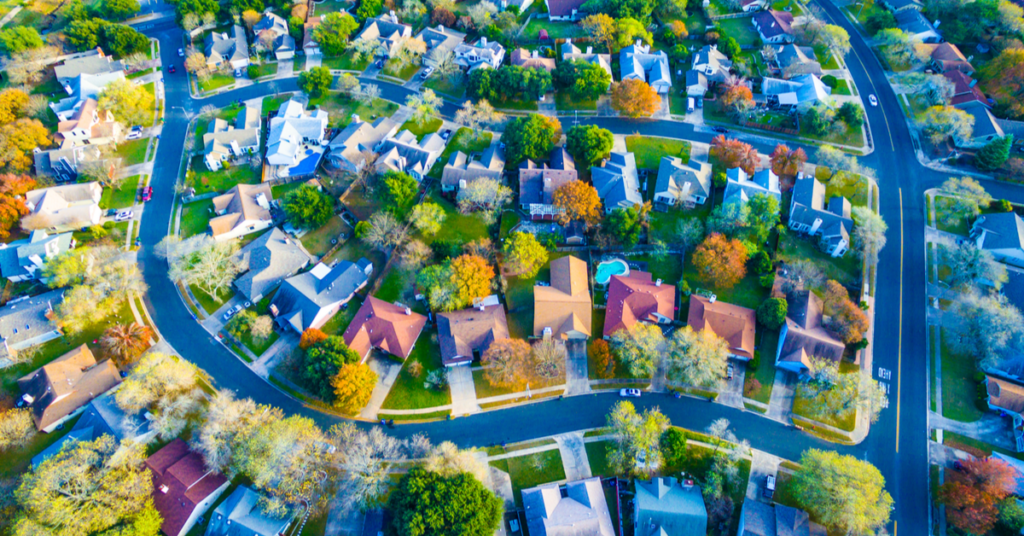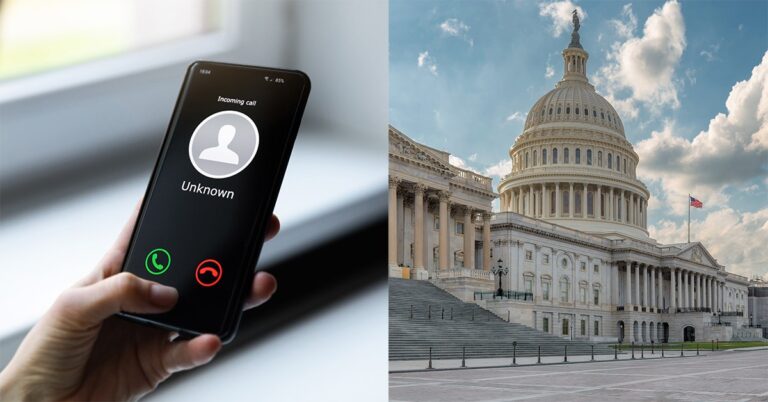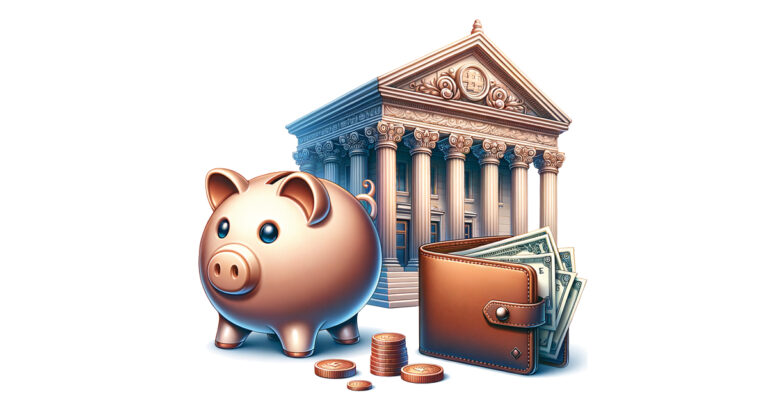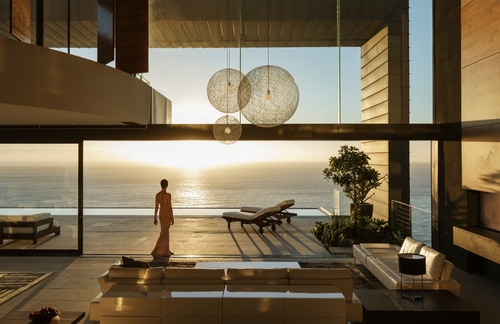A new Redfin study has found that the average home in a predominantly Black neighborhood nationwide is valued at $46,000 less than a comparable home in a primarily white neighborhood.
Evaluating estimates for more than 7 million homes listed and sold from 2013 through February 2021, the real estate brokerage accounted for normal factors like size, condition, amenities and schools. Even after equalizing such conditions, that valuation gap still exists, said Redfin senior economist Reginald Edwards.
“Our analysis rules out all the factors that are typically associated with home value and still finds a significant difference between the values of otherwise nearly identical homes in similar Black and white neighborhoods,” he said. “We’re left with bias and systemic racism to explain the variation in home values.”
“Today’s Black homeowners are missing out on $46,000 worth of wealth due to racist housing policies that were outlawed in the 1960s and continuing biases among homebuyers and housing professionals in parts of the homebuying process like appraisals and mortgage lending — and that’s $46,000 that would multiply as the years go on and benefit future generations.”
That value gap, while consistently extant, varies by geography. In Atlanta, for example, homes in mostly Black neighborhoods are valued at an average of $36,000— or 33% — less than homes in mostly white neighborhoods. In Chicago, even accounting for crime rates (Chicago was one of a few cities where there was sufficient crime rate data to include in the analysis), homes in primarily black neighborhoods are valued at $56,000 less on average than those in white areas.
New York has the most jarring gulf between prices in Black and white neighborhoods. Homes in primarily Black neighborhoods in the nation’s largest city are valued at a whopping $263,000 on average less than homes in predominantly white neighborhoods, an average undervaluation of 53%. At the other end of the spectrum is Oklahoma City, where homes in primarily Black areas are valued at just $1,000 less than those in primarily white areas.
The value gap has also fluctuated moderately year by year during the timeframe in Redfin’s study, ranging from more than $50,000 in 2017 to just over $40,000 in 2019. Undervaluation of homes in Black neighborhoods thus far in 2021 is at $55,126 — highest of any year in the series thus far — although that figure is derived only from data through February and is likely to change.
Want more news, topics and trends?
Get perspectives on the mortgage industry from thought leaders by subscribing to Scotsman Guide’s free digital editions.
“No real progress on the racial home-value gap has been made over the last decade, which highlights the depth of the problem and how difficult it is to change,” said Redfin chief economist Daryl Fairweather. “There isn’t a policy that would make people less prejudiced. We would need to see a broad cultural shift in the way homebuyers view neighborhoods that are predominantly Black. I’m hopeful that can happen.
“It used to be that many white homebuyers would consider a neighborhood undesirable if there were any Black residents at all, but now diverse neighborhoods aren’t as stigmatized. However, there still appears to be a stigma against primarily Black neighborhoods. Unfortunately, the longer Black Americans have lower home values than their white counterparts, the longer they are missing out on wealth that could be used for other investments and to pass along to their children.”
Indeed, Black families who own homes carry less equity than homeowners of other racial demographics, according to Redfin’s data. Black homeowners had a median home equity of $89,000 in January 2021, compared to $113,000 for white homeowners. But the fact that homes in primarily black neighborhoods are worth less is just one housing-related factor feeding the racial wealth gap. Black Americans are also far less likely to own a home, with just over 44% of Black Americans owning their residences compared to 745% of white Americans.
Then, there’s the legacy of redlining. While the policy was declared illegal in 1968 by the Fair Housing Act, its aftermath continues to impact home values to this day. The typical homeowner in a neighborhood redlined for mortgage lending (with the federal government deeming an area “hazardous,” a designation more likely to be given to primarily Black neighborhoods) has gained $212,000 less in personal wealth generated via property value growth than someone who owns a home in a greenlined (“desirable”) area.
“The undervaluation of homes in Black neighborhoods is a problem worth addressing in 2021 because it has a very real impact on the financial well-being of Black Americans,” Fairweather said. “The wealth people accumulate in their homes affects so many long-term outcomes for families, from the ability to fund college and other educational opportunities to having enough money to start a new business. The less money you have in your home, the bigger an unforeseen crisis like a huge medical bill or urgent car repair becomes.”








